#Colombo V12
Text



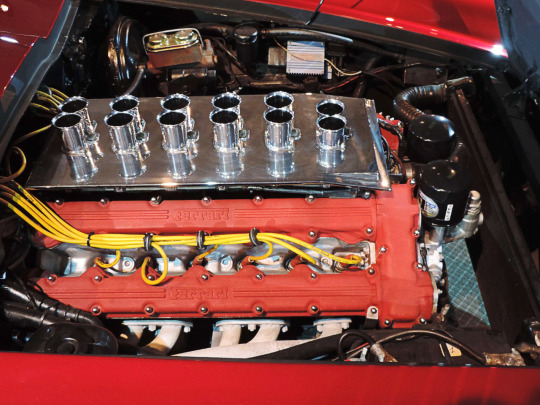
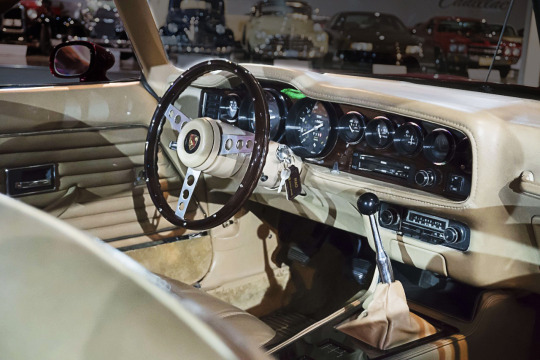
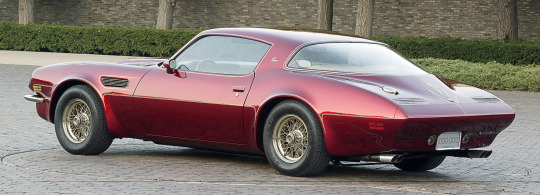
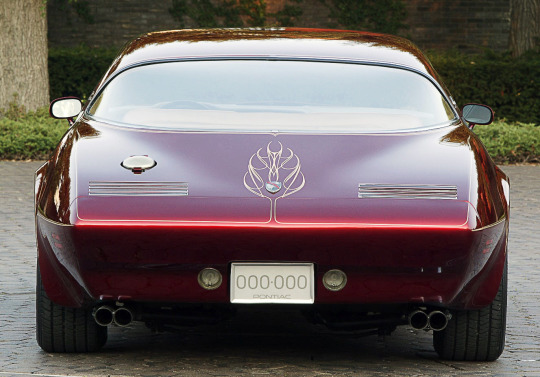
Pontiac Pegasus Concept, 1971. Designed under the direction of Bill Mitchell, GM Design Vice President, based on a 1970 second generation Pontiac Firebird. The prototype was built in collaboration with Enzo Ferrari so the styling was modified and the car was fitted with Ferrari 4.4 litre Tipo 251 Colombo V12 engine, 5 speed gearbox and exhaust system. The instrument panel gauges were also from Ferrari, the wire wheels were from Borrani. There was a GM posi-traction rear axle with 4-wheel disc brakes from a Corvette. It remained a one-off and is part of the GM Heritage Collection
#Pontiac#Pontiac Pegasus Concept#Pontiac Pegasus#Pontiac Firebird#concept#prototype#one-off#design study#Bill Mitchell#Ferrari engine#Colombo V12#1971#1970s#dead brands#GM#GM Heritage Collection
924 notes
·
View notes
Photo
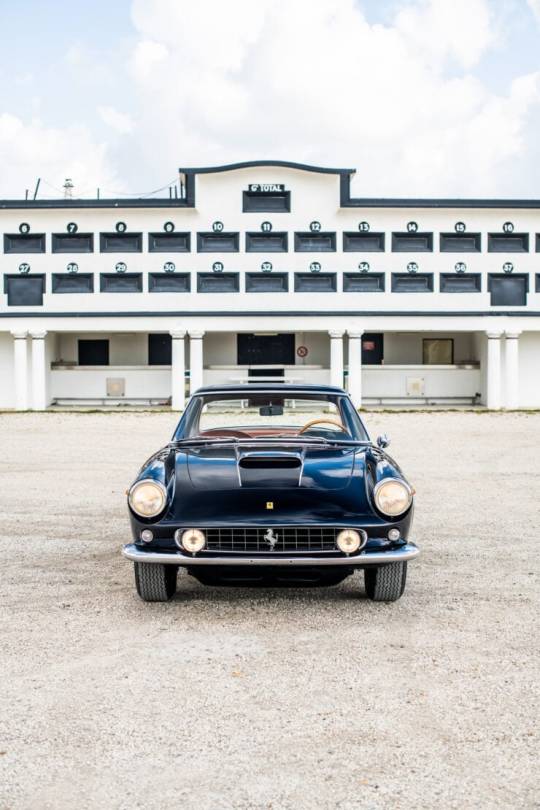



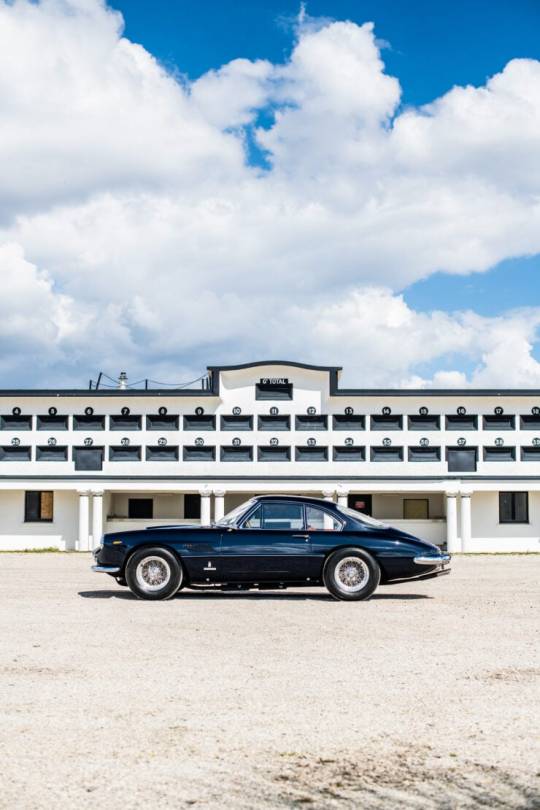
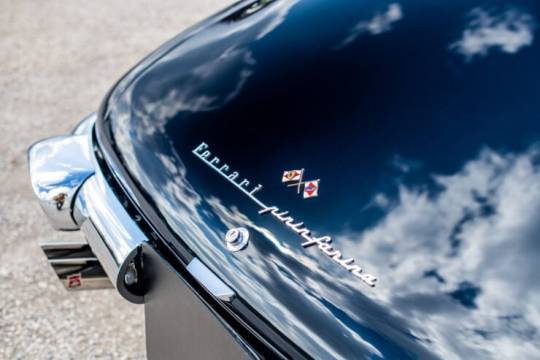

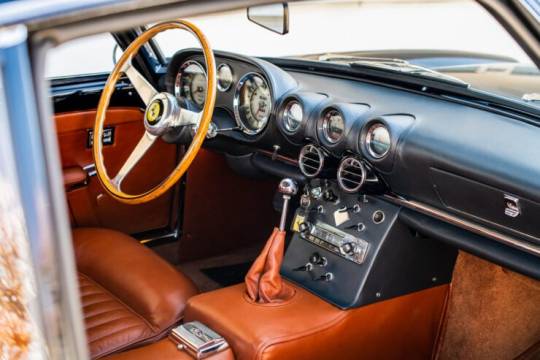


Ferrari 400 Superamerica Aerodinamico (1 of 17).
The earlier 410 Superamerica vehicles had been powered by the prodigious Lampredi-designed Ferrari V12 engine, essentially a big block alternative to the smaller and more compact Colombo V12 which was used extensively by Ferrari in many of their cars, including the 250 GT series.
A 4.0 liter version of the Colombo V12 was used for the 400 Superamerica, it’s where the “400” in the model name came from, breaking with Ferrari tradition that typically used the displacement of a single cylinder in cubic centimeters.hough the engine was smaller than the 5.0 liter Lampredi V12 it produced no less power, with both turning out 335 bhp though the Colombo did achieve peak power a little later in the rev range at 7,000 rpm versus the Lampredi’s 6,000 rpm.Power was sent back through a 4-speed manual transmission and all cars had a Laycock de Normanville overdrive unit for more relaxed highway cruising. Suspension was independent up front and a live axle in the rear, and disc brakes were installed at all four corners.When ordering your 400 Superamerica you could choose from a number of body styles including coupe, spider, cabriolet, and aerodynamic coupé versions. Almost all were designed at Pinin Farina (which became Pininfarina later in 1962).
The 400 Superamerica Aerodinamico is arguably the most special of the 400 Superamerica series. It has its origins in the show car that had been built at Pinin Farina and displayed on their stand at the Turin Salon in November of 1960.This show car had so enamored Battista “Pinin” Farina that he used it as his own personal car for a time in the early 1960s. The car was given a handbuilt body characterized by its elegant flowing lines and fastback rear – all designed to make it as aerodynamic as possible.
It was based on the SWB (short wheelbase) chassis which resulted in a strict two seat layout, rather than a 2+2, though there was ample luggage space in the rear for touring the Continent. Much like its siblings in the 400 Superamerica series the Aerodinamico was built on a chassis consisting on a pair of cross-braced longitudinal steel tubes with the body fitted atop.
Suspension is independent up front with double wishbones, coil springs, and hydraulic shock absorbers. The rear end has a live axle on semi-elliptical leaf springs with hydraulic shock absorbers, and disc brakes are used on all four corners – not a common feature in the early 1960s.Due to the fact that just 17 examples of the Ferrari 400 Superamerica Aerodinamico were made the cars are now among the most desirable Ferraris from the period, with values stretching well into the seven figures.
51 notes
·
View notes
Text
News: Ferrari 250 GTO leads collection of the world’s rarest Ferraris at Concours of Elegance
News: Ferrari 250 GTO leads collection of the world’s rarest Ferraris at Concours of Elegance

View On WordPress
#10th anniversary show#195 Inter#250 GT Europa#250 GT SWB#250 GT SWB SEFAC#250 GTO#A. Lange & Söhne#California Spyder#Colombo V12#Concours#Concours of Elegance#Daytona 500#Ferrari#Ferrari 365 P Berlinetta Speciale#Giotto Bizzarrini#GT SWB#Hampton Court Palace#homologation special GTO#Mamie Spears Reynolds#Pedro Rodriguez#Scaglietti#Tre Posti#ultimate Ferrari
3 notes
·
View notes
Text


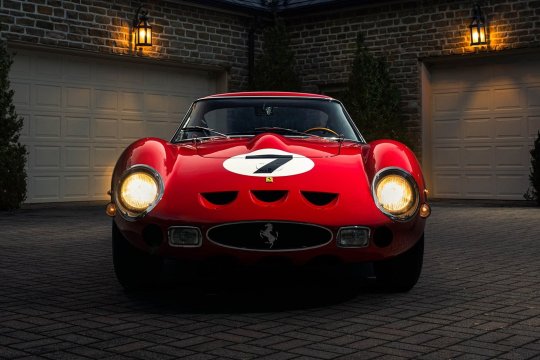
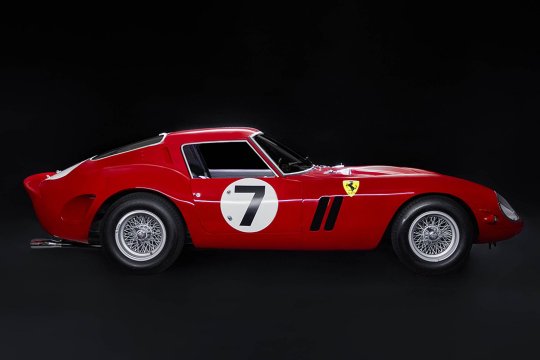
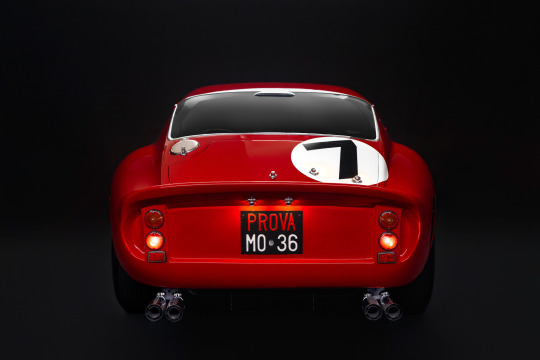
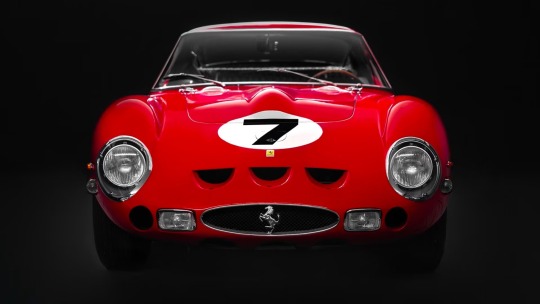


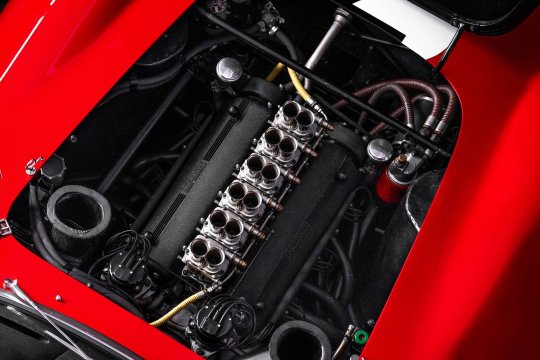
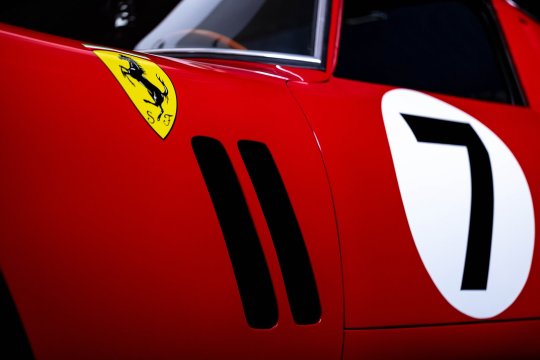
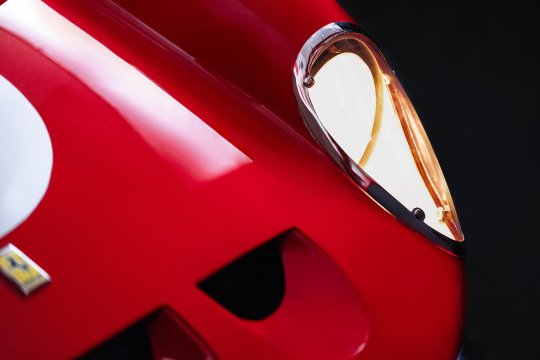

1962 Ferrari 330 LM / 250 GTO by Scaglietti
With just 36 in existence, the 250 GTO is a coveted motorcar. However, this example is even more special, thanks to its 4.0-liter engine.
It's the only example initially fitted with the larger displacement motor, unlike the 3.0-liter found in the other cars. However, the original engine made way for a 3.0-liter Colombo V12, which remains under the hood today.
This car placed second overall in the 1962 Nurburgring 1000km race, and competed in the 24 Hours of Le Mans in the same year, surviving 56 laps before a crash ended the car's race.
Courtesy: RM Sotheby’s
#art#design#luxury cars#luxury lifestyle#supercars#sport cars#luxurycars#luxurylifestyle#supercar#luxurycar#ferrari#1962#ferrari 330LM/250GTO#scaglietti#sportcars#sportcar#nurburgring#racecars#racecar#250GTO#collector's#rmsothebys
847 notes
·
View notes
Photo
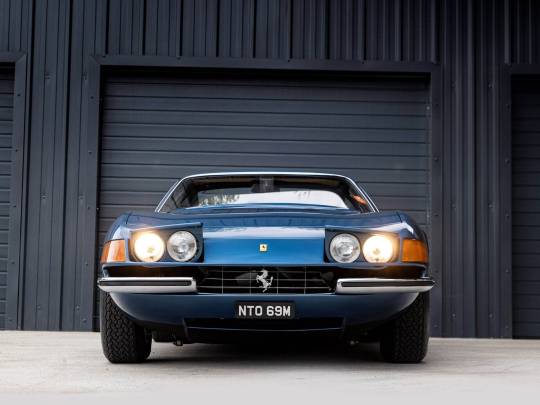
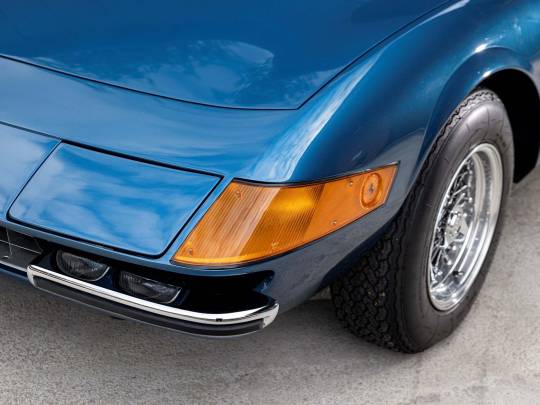



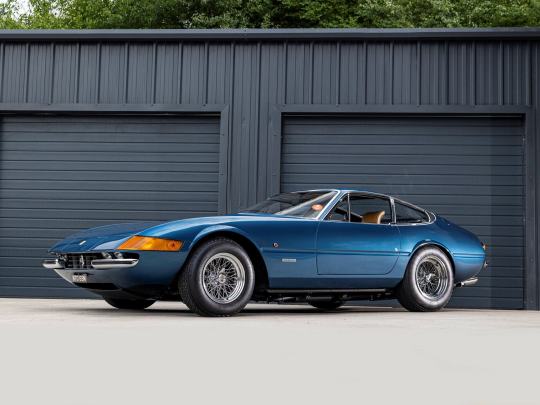
The Ferrari Daytona, officially designated the Ferrari 365 GTB/4, is a two-seat grand tourer by Ferrari from 1968 to 1973. It was introduced at the Paris Auto Salon in 1968 to replace the 275 GTB/4, and featured the 275's Colombo V12 bored out to 4,390 cc. It was offered in berlinetta and spyder forms.
598 notes
·
View notes
Photo
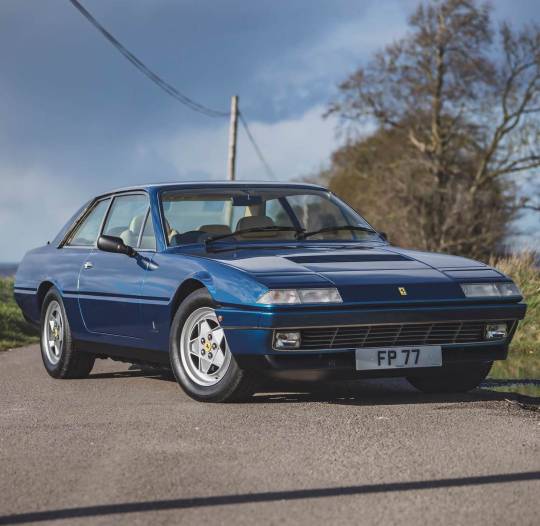

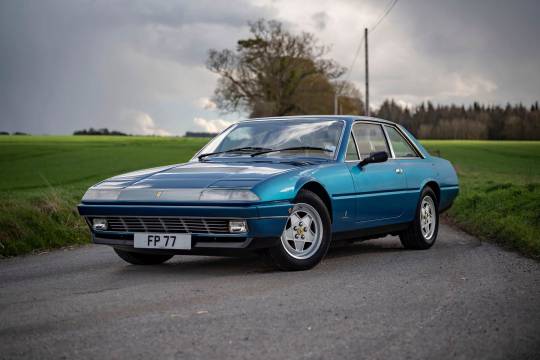
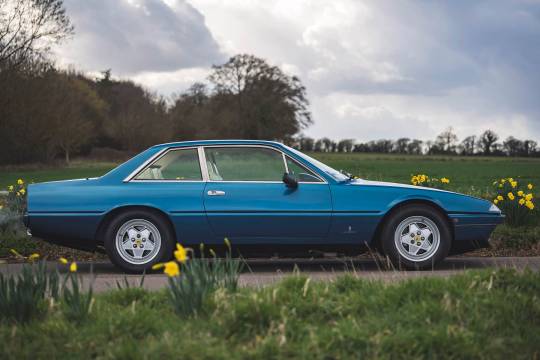
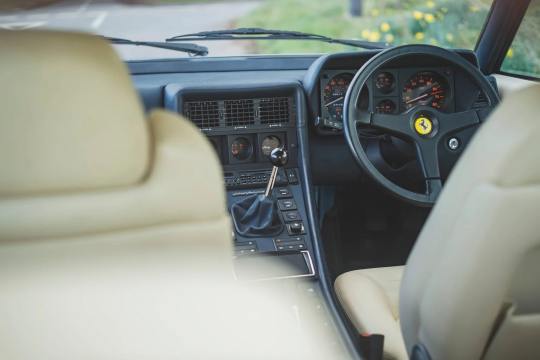

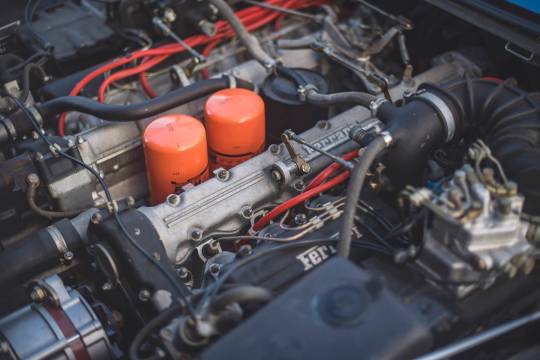


Ferrari 412i Colombo V12. - source Silodrome.
62 notes
·
View notes
Note
Tony will want to give the cats compound names or just very random names like "this is Colombo V12 Motor, this is Peanut Butter and Jelly Sandwich, that one is Phillips Screwdriver, this is Fettuccine Alfredo, that one is V8 engine, this is Tomato Soup" - and don't you dare call them by only one part of the name!
Okay but you know he’ll name them stupid things and act all annoyed all the time and then when they have to give them all away and sell them he’ll actually be pretty sad 🥲 he’ll enjoy just getting to lounge in bed all day again without any interruptions, and all those scratches (aside from the ones he causes with his own work) are finally gone! But… it was fun :(
7 notes
·
View notes
Photo

1951 Ferrari 212 Inter Coupe first owned by Anna Magnani (actress) - Enzo Ferrari Museum in Modena, Italy front, longitudinal 60° V12 2562.51 cc 110 kW (150 hp) at 6500 rpm 200 km/h top speed One of the first stars to drive a Ferrari was Oscar-winning Italian actress Anna Magnani. In January 1951, she took delivery of a two-tone Ferrari 195 Inter, an evolution of the 166 with a longer wheelbase and an enlarged, more powerful 2,341cc Gioachino Colombo-designed V12 engine. Magnani was a household name, a truly global film star. A famous picture of her with the Ferrari was taken on the set of the 1952 film La Carrosse d'Or - The Golden Coach, which was directed by Jean Renoir. She later won an Oscar for her performance in the 1956 movie The Rose Tattoo. Her 195 Inter was a Vignale-bodied version of the second road-going Ferrari. Enlarging the V12 engine made it more flexible at low speeds - important for period customers unused to the high performance of a Ferrari. However, it was also more powerful, giving it a high top speed for the time. Italian coachbuilders Touring, Ghia and Ghia Aigle also produced body variants of the 195 Inter. Anna Magnani owned her Ferrari until 1959, when it passed into the hands of collectors. It was later believed to have been converted by the factory to 212 Inter specification. In 2016, Magnani's former Ferrari won the FIVA Preservation Award at the Argentinian Autoclasica event. Info: Ferrari NV #ferrari #ferrari212 #luxury #modena #scuderiaferrari #ferrarimuseum #ferrariclassic #museocasaenzoferrari #enzoferrari #classiccar #carmuseums #annamagnani #ferrariheritage #italia #supercar #oldtimers #cars #supercars #rarecars #classiccars #traveling #forzaferrari #ferrarilife #luxurycars #cavallinorampante #travel #ferrariworld #prancinghorse #carsofinstagram #womendrivers (at Museo Enzo Ferrari - Modena) https://www.instagram.com/p/Cpqb4I4o5C9/?igshid=NGJjMDIxMWI=
#ferrari#ferrari212#luxury#modena#scuderiaferrari#ferrarimuseum#ferrariclassic#museocasaenzoferrari#enzoferrari#classiccar#carmuseums#annamagnani#ferrariheritage#italia#supercar#oldtimers#cars#supercars#rarecars#classiccars#traveling#forzaferrari#ferrarilife#luxurycars#cavallinorampante#travel#ferrariworld#prancinghorse#carsofinstagram#womendrivers
2 notes
·
View notes
Text

1959 Ferrari 250 GT SWB Berlinetta
The Ferrari 250 was launched at the 1954 Paris Salon, although racing versions of the car had been on the tracks for 2years. Its main feature was the fabulous lightweight Colombo Tipo 125 V12 2,953cc engine. Exhibited at the 1959 Paris Salon and designed by Carozzeria Pininfarina the 250 GT SWB was a short wheelbase (2,400m) version of the Ferrari 250 GT (2,600mm). A new Tipo 128 version of the Colombo V12 gave the 250 GT SWB 280bhp. 175 'passo corto' cars were built, of those 82 were pure racing cars. Bizzarrini handled the development of the car with Scaglietti building the bodies; these two later created the 250 GTO. The 250 GT SWB (passo corto) was one of the most successful Ferrari GT cars of all time, gaining 250 wins at class level or overall victory.
0 notes
Text


What a difference 53 years makes juxtaposition of Ferrari 365 GTS/4, 1971 & Ferrari 12Cilindri Spider, 2024. The new 819hp 6.5 litre V12 front engined Ferrari is also available as an open roof spider. The Pininfarina-designed 365 GTS, commonly known as the Daytona Spider had a 4.4 litre 347hp Colombo V12, 122 were made.
1 note
·
View note
Photo

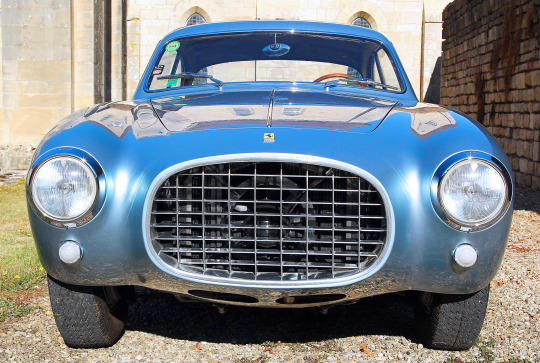

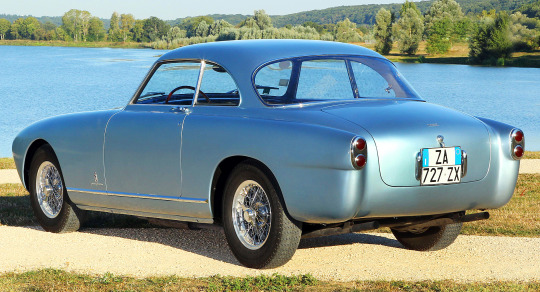
Ferrari 250 Europa Coupé Prototipo, 1953, by Pininfarina. The 250 Europa represents the start of the true road-car trend for Ferrari. Up to this point, Ferrari offered semi-race car models that could be driven on the road. It was powered by the Colombo 250-series 3.0-litre V12 engine, the concept was to create a more comfortable and accommodating car with adequate luggage space suitable for series production
#Ferrari#Ferrari 250 Europa Coupé Prototipo#Ferrari 250 Europa#1952#Pininfarina#Colombo V12#prototype#1950s#road car#sports coupé
279 notes
·
View notes
Photo

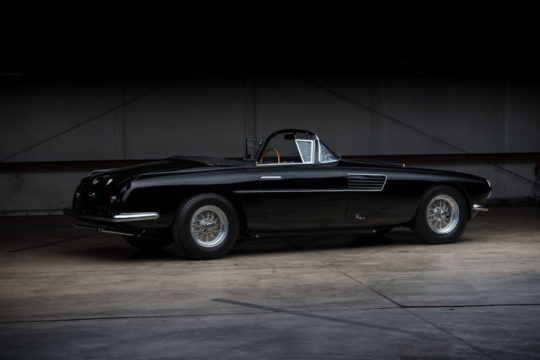

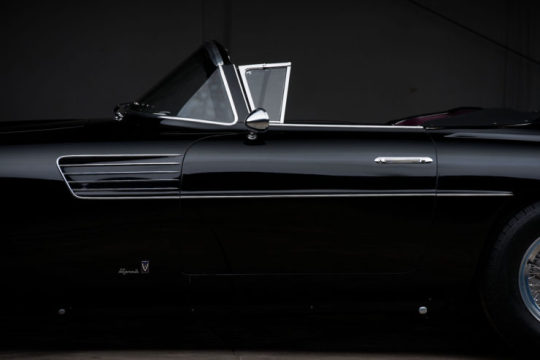






Ferrari 375 America Vignale Cabriolet
As the name suggests, the Ferrari America series of high-end grand tourers was developed by the still-young Italian automaker to appeal to the American market. In the 1950s Americans tended to prefer large vehicles with prodigious engines and jet age styling – so that’s what Enzo gave them.
Each Ferrari America 375 was powered by a road-going version of the Lampredi designed “long block” V12 with a displacement of 4522cc. This engine was fitted with a bank of Weber carburetors, a twin coil and distributor ignition, and power was sent to the live axle rear end through an all-synchromesh manual transmission.
Upon ordering their car people could choose from a variety of final drive ratios depending on whether they wanted searing acceleration or more relaxed highway cruising at lower RPMs. As was common with Ferrari naming conventions the 375 was named for the displacement of a single cylinder – though in this case it was rounded down slightly from 376.8cc to 375.
The Ferrari America series would begin with the 340 America released in 1950 and sold until 1952 in very limited numbers. This would be followed by the 342 America in 1952, which was then succeeded by the America 375 in 1953.
The America 375 was one of the high points of the series, along with its successor the 410 Superamerica, which was followed by the 400 Superamerica, the 500 Superfast, and finally, the 365 California.
Lampredi V12s were used in all the cars up until the 400 Superamerica in 1959 at which point the lower displacement Colombo V12 was used. This would be the V12 that would power many of Ferrari’s most important cars through the 1960s and beyond, but there’s no denying the Lampredi engine was the king of the 1950s.
The car you see here is the Ferrari 375 America Vignale cabriolet from 1954 and as mentioned further up, it’s both the only 375 cabriolet that was ever made and one of just three big-block cabriolets with 4.5 liter or larger engines built by Ferrari in the 1950s.
Enzo Ferrari sold this car to its first owner, Mrs Bianca Colizzi, the daughter of famous Italian film director Giuseppe Colizzi. For reasons lost to history it was parked up in storage a year later where it was seen by Luigi Musso, the future Scuderia Ferrari factory driver.
Musso mentioned the existence of the car to an American acquaintance named Harry Chambers, a TWA executive who had been sent to Italy to open the airline’s Milan division. Chambers was able to track down the Ferrari and buy it, he enjoyed driving it in Italy for two years, even visiting the Monza circuit on at least one occasion.
#Ferrari 375 America#cabriolet#Enzo Ferrari#Lampredi#410 Superamerica#400 Superamerica#500 Superfast#365 California#Colombo V12#giuseppe colizzi#Luigi Musso
42 notes
·
View notes
Text
Ferrari 275 GTB
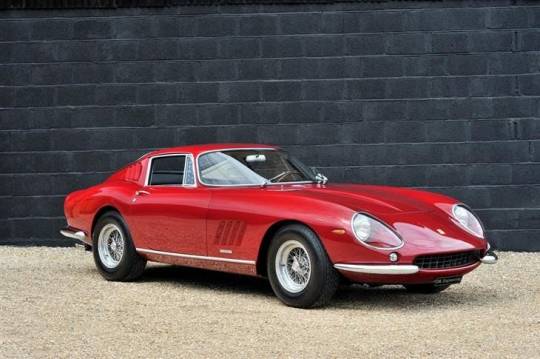
The Ferrari 275 GTB is a classic sports car produced by the Italian automaker Ferrari from 1964 to 1968. It is considered one of the most iconic and desirable models in Ferrari’s history, known for its elegant design, performance capabilities, and racing pedigree.
Here are some key features and details about the Ferrari 275 GTB:
1. Design: The 275 GTB was designed by Pininfarina, the renowned Italian design house. It featured a graceful and timeless design with smooth lines, a long bonnet, and a short rear end. The overall shape was aerodynamically efficient and visually striking.
2. Engine: The 275 GTB was powered by a 3.3-liter Colombo V12 engine. Depending on the model, it produced around 260 to 280 horsepower. The engine was mounted in the front and provided exhilarating performance.
3. Transmission: The 275 GTB came with a 5-speed manual transmission, which allowed drivers to fully engage with the car’s power and performance.
4. Performance: The performance of the 275 GTB was impressive for its time. It had a top speed of around 160 mph (260 km/h) and could accelerate from 0 to 60 mph (0 to 97 km/h) in approximately 6 seconds.
5. Racing Success: The 275 GTB had a successful racing career. It competed in various races, including the 24 Hours of Le Mans, where it achieved class victories. The 275 GTB’s racing pedigree further added to its desirability and reputation.
6. Variants: The Ferrari 275 GTB was available in different variants, including the standard GTB, the GTB/4 (also known as the 275 GTB/4), and the lightweight Competizione Speciale models. The GTB/4 was notable for being the first road-going Ferrari to feature a four-cam V12 engine.
7. Limited Production: Approximately 800 units of the 275 GTB were produced across all variants, making it a relatively exclusive and sought-after model among collectors.
If you are interested you should read about BMW i3
#ferrari#ferrari f1#forza ferrari#formula1#scuderia ferrari#motorsport#luxury cars#fast cars#cars of japan#classic cars#muscle cars#cars#car show#cars and girls
1 note
·
View note
Photo


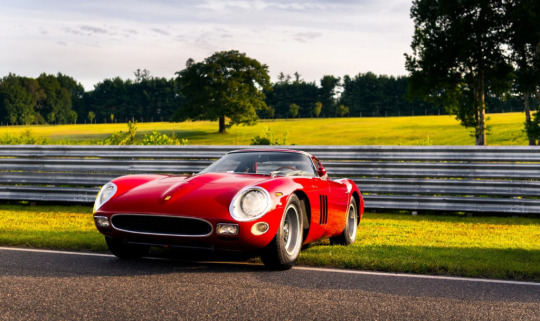
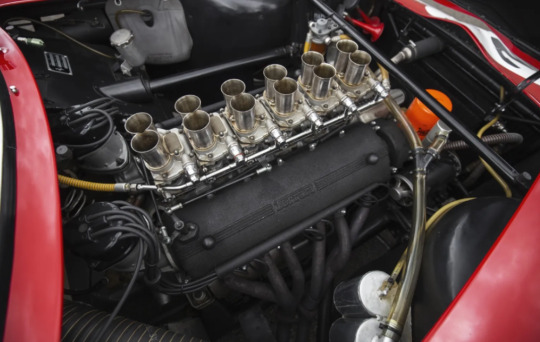
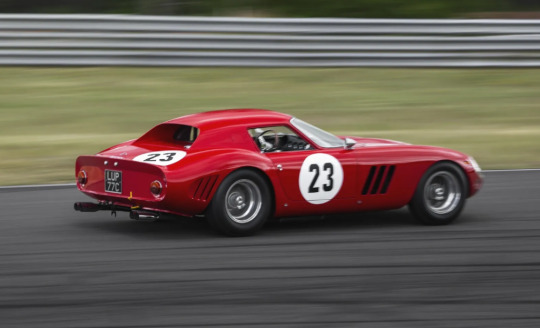
The Ferrari 250 GTO is a GT car produced by Ferrari from 1962 to 1964 for homologation into the FIA's Group 3 Grand Touring Car category. It was powered by Ferrari's Tipo 168/62 Colombo V12 engine.
397 notes
·
View notes
Photo

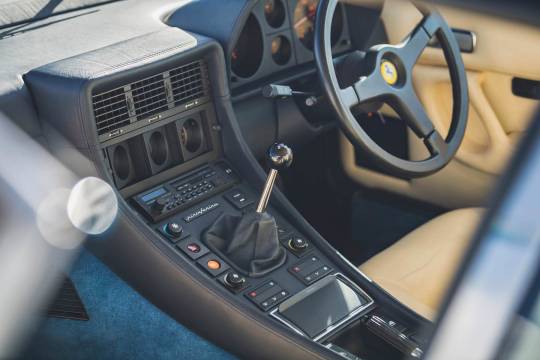
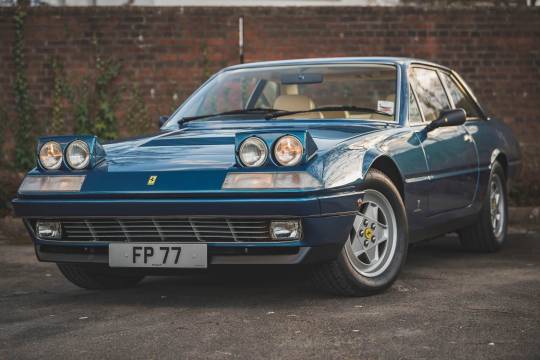
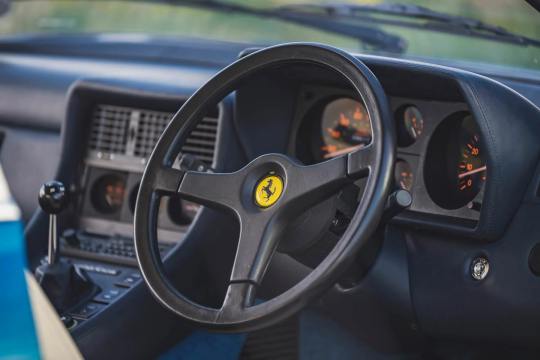
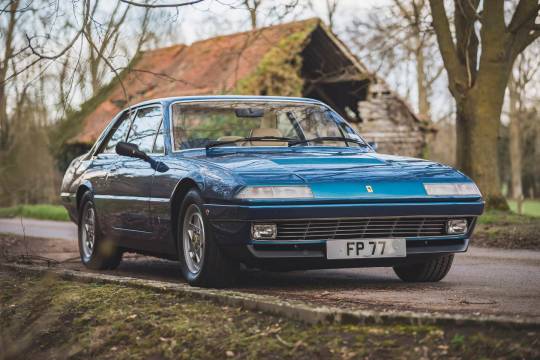

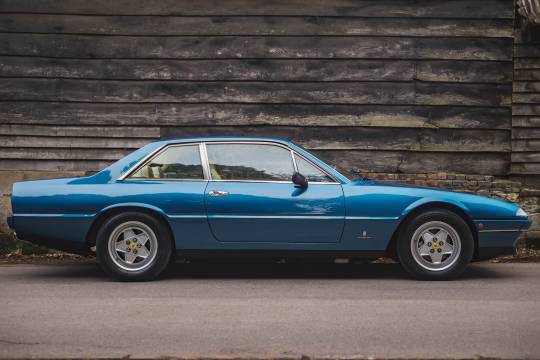
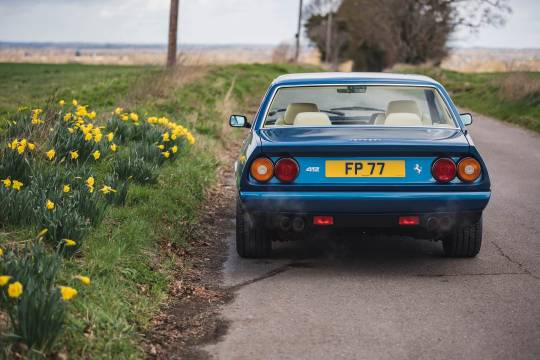
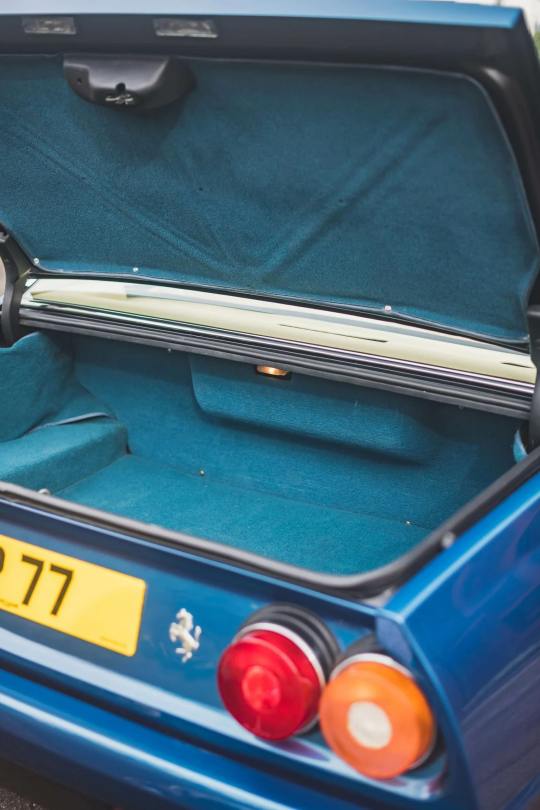
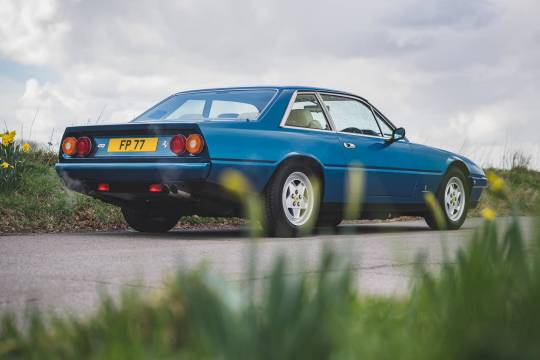
Ferrari 412i V12 Colombo. - source Silodrome.
61 notes
·
View notes